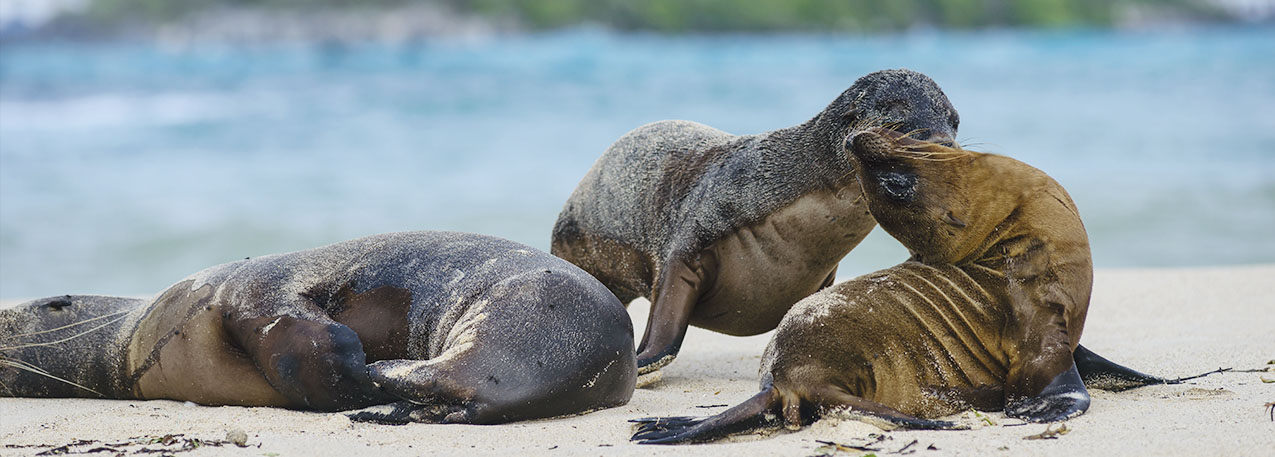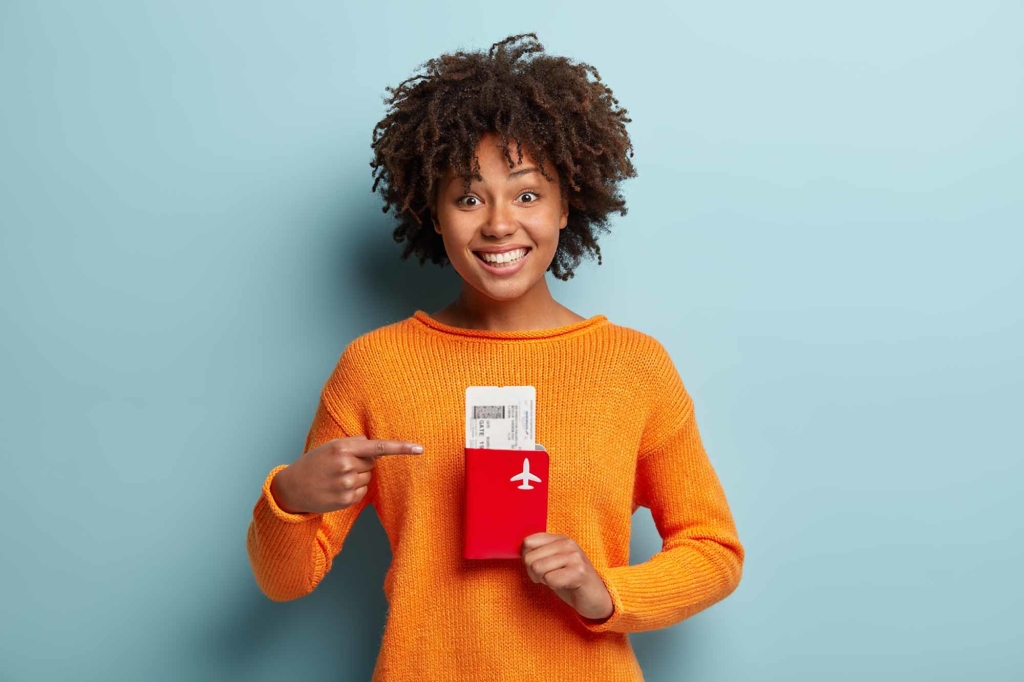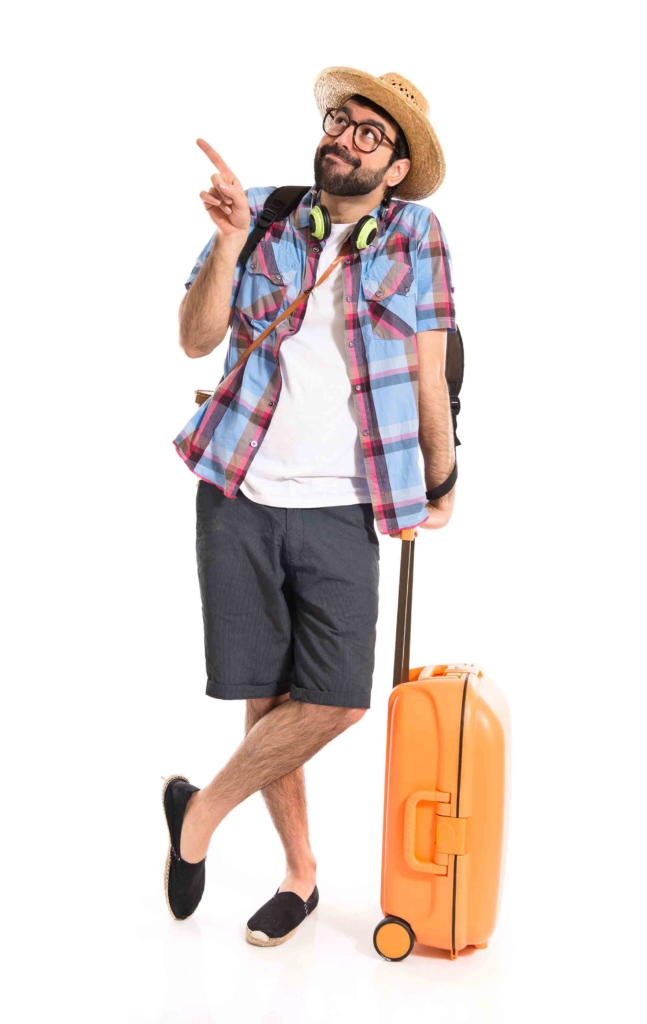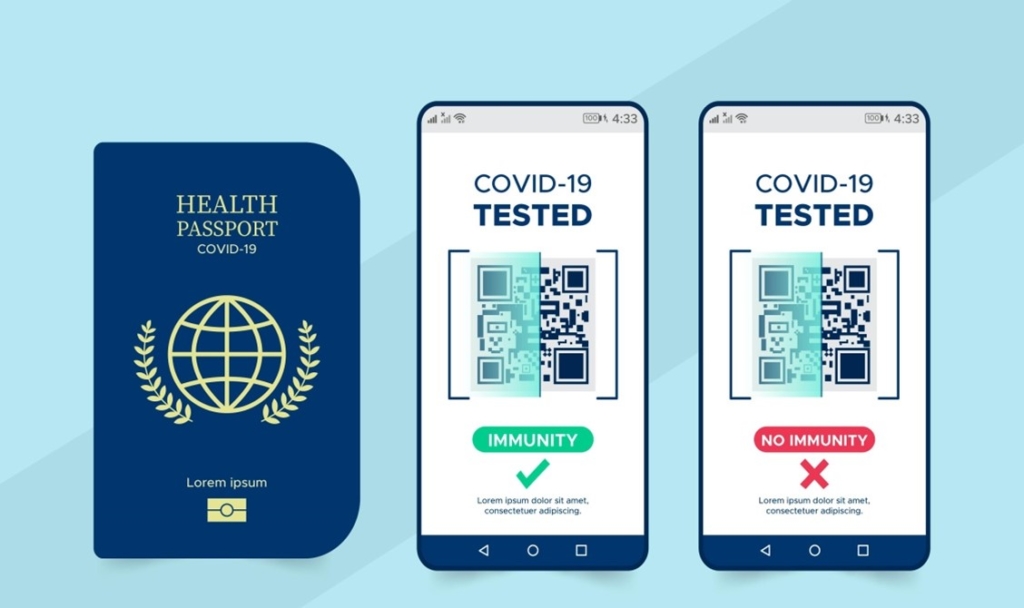
It is one of the most stressful things you can do before you travel. You run the risk that you forget something important. This guide will help you plan your next trip to Galapagos Islands.

Do not forget your personal documents
Note about Baggage Allowance
You can only carry 23 kg (or 50 lbs) of luggage on flights from Galapagos. This does not include your handbag. Extra baggage fees of $5 per kilogram will apply if you exceed this weight limit.

Here is a list of taxes and fees you will have to pay on your trip. These fees and taxes are subject to change without notice.
All passengers who visit the Galapagos Islands were issued a Transit Control Document to Galapagos in November 2007. The vessel’s operator will handle some procedures.
If you have paid in advance for the document, it will be handed to you at Quito airport. It will also be required to be presented to the INGALA representative at Galapagos airport upon arrival or departure. This document will allow INGALA to determine the length of each visitor’s stay in the Islands. The cost for this document is US$ 20,00 Prices subject to change without notice. You can also pay cash at the INGALA counter in Quito, Guayaquil or through the tour operator.

The Galapagos National Park Entry Fee is US$ 100. Children under 12 years old pay US$ 50. The above amounts should be carried in cash. Visa and MasterCard are not accepted. Galapagos does not accept $ 100 bills.
This was approved by the COE Resolution and will take effect on October 26, 2021
All passengers aged over 2 must have a COVID-19 card valid for at least 14 days after completing the vaccination schedule.

With the exception of the safe-pass for tour leaders established in the Tourist Guidance Regulations of the Government’s Galapagos Special Council, the Ministry of Tourism will no longer regulate the accommodation tour operator.
Travelers from Brazil and India must have a negative RTPCR or antigen test results within 72 hours of their arrival in Ecuador. They must also adhere to a ten (10)-day isolation period at their residence or accommodation. This will cover their expenses. If they are arriving from Brazil, the isolation period is not applicable. However, they must present a Covid-19 vaccine certificate with all the requirements mentioned above.
These guidelines now include procedures for people who have been diagnosed COVID-19 for longer than a month but still have positive PCR results. As long as the patient does not have symptoms, they will be allowed to enter Ecuador provided they provide a Medical Certificate proving their good health. This document must be valid in the country from which it was issued.
No matter what PCR test results travelers bring with them, all must be tested for coronavirus by Ministry of Public Health personnel. They will also evaluate anyone who has symptoms that could indicate a contagion. If the result is positive, the individual must be isolated for 10 days at home or in another type of accommodation. Travelers will be allowed to continue their journey if it is negative.
A test can be taken at the airport. You will be required to quarantine yourself in a hotel, hostel or motel until your negative test arrives. Some labs can deliver the test in less than 24 hours. You must have the negative test results in hand before you can resume your travel plans.
You can also take the PCR COVID-19 test at Medical VIP at Quito’s airport. The test costs $80 and results are available in 48 to 72 hours.
We can recommend a few other local labs:
Quito:
Ecuamerican – Phone: 0995613302 (offers 24-hour testing and can be done at your hotel).
SISTEMAS MEDICOS DE LA USFQ – Phone: 0984534943
HOSPITAL DE LOS VALLES – Phone: 0991941758
Guayaquil:
HOSPITAL LUIS VERNAZA – Phone: (04)2560300
PLENISALUD S.A. Phone: 0987067952
LABORATORIO ALIVER / HIPERBARICA – Phone: (04)3711980
Leave a Comment